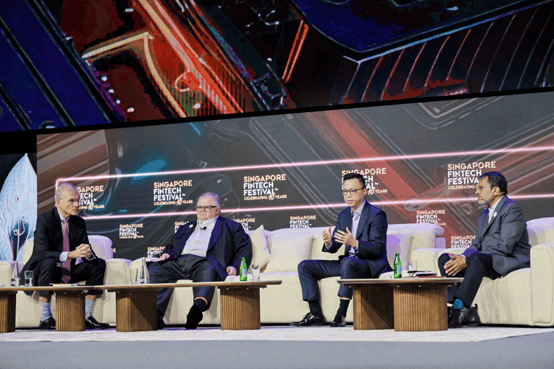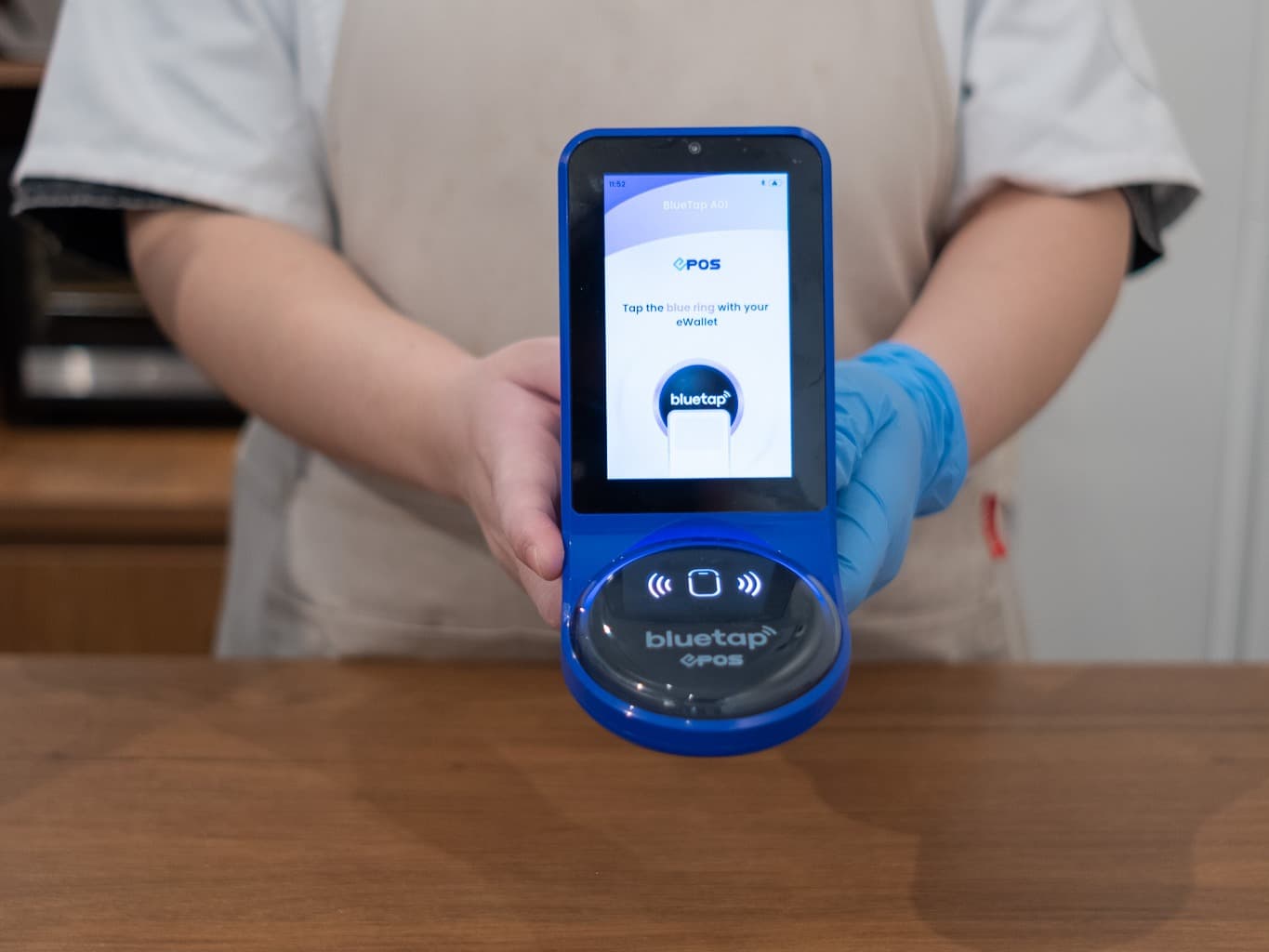
When supply chain meets the super squad: How Blockchain and IoT make processes transparent and efficient throughout the supply chain
By Ramon AB, CEO and co-founder of Nova Technology
Disruptions, delays and revenue loss- out of the many challenges faced by participants in a supply chain, a sizable share of obstacles can be attributed to visibility gaps and a lack of transparency. There’s heavy reliance on trust, subjectivity and good faith, making it difficult to track and trace the movement of products, the status of invoices, and the list goes on. To make things worse, counterfeit or damaged goods could enter the supply chain, adversely affecting consumer safety, brand reputation, and the bottom line.
Interconnectedness: A strength and weakness
A set back in any one of the many elements in the chain can disrupt the functioning of the whole process, and something like invoicing is no trifling matter. Take the case of traditional invoicing systems for instance. Fake invoices being created and legitimate invoice being tampered with – all point toward its evident vulnerability to fraud. Also consider the fact that many invoicing and payment processes in supply chain systems are still done manually. Not surprisingly, it leads to errors, delays, and subsequently high administrative costs.
As Deloitte rightly puts it, the risks inherent in a supply chain are associated to its interlinked nature. Then the question is how can we turn this around with technology, and leverage this interlinked nature to our advantage? The answer lies in the convergence of two transformational technologies- blockchain and the Internet of Things (IoT).
Blockchain and IoT to ensure the authenticity of invoice at all stages
Blockchain technology enables a secure and confidential view of sales data for all participants in a given business network, while the IoT tracking data persisted to the blockchain lends it a higher degree of immutability. Participants can analyze the lineage of events, incidents and other information to validate their authenticity. Let’s take a look at how this dynamic duo works in tandem, to maintain the integrity of the invoice through every step of the way.
At the creation stage, blockchain technology can be deployed to create a secure and tamper-resistant record of the invoice by storing the invoice data in a decentralized database that is accessible to all participants involved in the transaction. By ensuring that the invoice is authentic and has not been tampered with, this arrangement helps in the prevention of fraud.
At the verification stage, using smart contracts facilitates the automation of invoice data verification. As a self-executing program, smart contacts can be programmed to verify invoice data against predefined rules and criteria, thereby ensuring that the invoice is accurate and meets the requirements of both the buyer and the seller.
It’s interesting to note that IoT can also play a role in this stage by providing real-time data to the smart contract. For example, it is possible to monitor the delivery of goods or services with the help of IoT sensors, the data from which can be fed into the smart contract to verify that the conditions of the contract have been fulfilled. This augments the efficiency of the verification process by ensuring accuracy and that there is a clear, auditable record of the verification process itself.
On the other hand, a lack of automation and standardization can result in inconsistencies when it comes to verification practices, which may then depend on subjectivity to some extent. Needless to say, such situations make it difficult to ensure the accuracy and completeness of the invoice data, which increases the likelihood of disputes between buyers and sellers, and the susceptibility to fraud.
Thanks to technology and modern mechanisms now available to track the provenance of materials, parts, components, assemblies, products, usage and service with an unprecedented level of detail, companies are in a better position to determine the cause and effect of incidents far more efficiently than ever before.
At the approval stage, IoT devices can be used to gather data about the conditions that trigger the payment process- like the delivery of goods, while smart contracts can be programmed to automatically execute the payment once the predefined conditions have been verified by the IoT devices. This systematically ensures that payments are made accurately and on time, without the need for manual intervention. Besides, smart contracts can also accommodate terms and conditions related to payment, such as late fees or discounts for early payment, which can be automatically enforced based on the data gathered by IoT devices.
The collaborative efficiency of smart contracts and IoT devices can provide a seamless and secure way for businesses to automate the process of invoicing and payments, minimize the risk of errors and fraud, all the while empowering them to focus on their core operations.
Other benefits
Improves the efficiency of communication between all parties in the supply chain
Effective communication is inevitable for the success and longevity of any business relationship. Miscommunication can cost a lot more than money, including trust and reputation. With IoT enabled systems, managers are able to track drivers and shipping operators to ensure compliance with internal policies, proper storage of products, and timely delivery from the warehouse to the customer’s doorstep. Equipped with easy access to real-time location, productivity and environmental data, managers can also communicate with end clients and keep them informed. This fosters transparency and mutual trust among parties involved in the supply chain.
Since smart contracts can be programmed to include personalized terms and conditions tailored to the specific needs of each party, communication processes can be further streamlined by eliminating the need for constant negotiation and relentless back-and-forth communication. Moreover, this also makes services more personalized.
Enables proactiveness
Probably one of the most crucial differentiators that sets apart highly successful businesses from their competitors is their commendable proactiveness. One cannot just ignore possible contingencies. Especially in a setting as volatile as the supply chain that’s highly dependent on the smooth integration of a number of fragmented elements, following a proactive approach makes a world of difference in the outcome. By providing real-time alerts that expedite risk mitigation, IoT and data analytics allow supply chain managers to foolproof their route-planning, taking into account external factors such as traffic, weather, possible accidents or other such occurrences that could induce delays.
For instance, consider the possibility of being able to proactively address compromised cargo prior to its arrival at the intended destination, or prudently redirecting and substituting a shipment of food products that has been transported at an unsafe temperature. This means that supply chain managers will also be able to preemptively action risk mitigation strategies, such as notifying insurance companies when high-value shipments have been prematurely exposed to light, which could indicate potential theft.
IoT in logistics, an integration that keeps on giving
As much as IoT makes daily operations smooth and transparent, it’s also highly rewarding in the long term. A compelling use case would be how the data would, over a period of time, unveil patterns that act as building blocks for predictive analysis, resilience planning, and optimizing the speed, cost, and security of transit. With the food, pharmaceutical and high-value goods sectors setting the pace as early adopters of IoT technology, supply chains are increasingly embracing its power.
Block chain and IoT: a force to be reckoned with
By leveraging blockchain technology’s immutable and decentralized nature along with the real-time data insights provided by IoT devices, businesses can now navigate the inherent complexities of trade with unprecedented ease. Meeting the constantly changing demands of a dynamic market place would require all players to stay ahead of the curve, and keeping pace with evolving technology is a step in the right direction. Ultimately, it’s ingenious integrations such as these that would make a more interconnected, secure and seamless supply chain ecosystem achievable and scalable.


